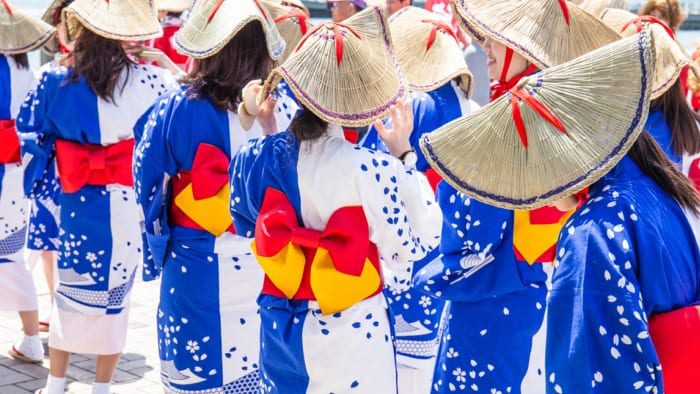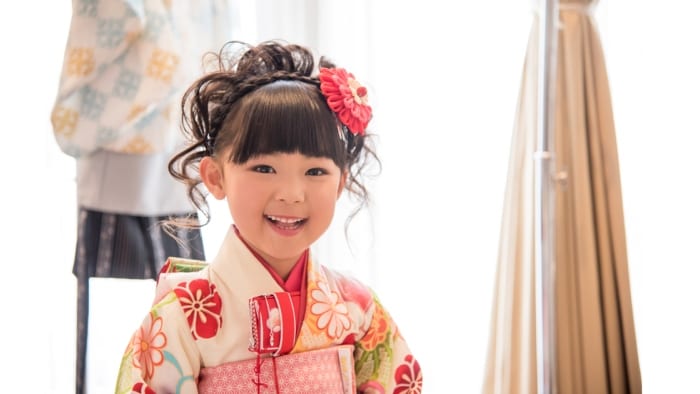How to Wash Your Kimono
If your kimono has a sweat mark or a spill stain, now what? Don’t fret. While kimonos are fragile, it is still possible to clean them. Historically, kimonos were disassembled to clean and let wash in a river’s currents, but nowadays, you can wash your kimono in one piece and at home if you take care to be gentle.
First and foremost, for a vintage silk kimono, we recommend taking your garment to a dry cleaner who has experience with silk. Do not try to hand-wash it yourself. Silk kimonos are extremely delicate, and depending on the age of the kimono, they may have older dyes that bleed if improperly washed. Gold leafing or other opulent effects may chip away as well. If you absolutely must clean your silk kimono yourself, try first to pick any debris off the problem area, then spot-clean any problems with water and a very gentle uncolored soap. Let it dry completely before storing.
Kimonos
Suppose your kimono has embroidery, whether cotton or otherwise; also treat it delicately. Embroidery threads may not be as color-fast as the cloth they’re sewn into, so clean them as you would silk.
First, for un-embroidered cotton kimono, always try a spot-clean to see how the kimono reacts to the soaps you use. When hand-washing, use a clear or white soap and don’t let the kimono sit in the water after washing. If you’re especially careful, you may also put a cotton kimono robe in a washing machine by itself. Use the “delicates” setting on your machine, add gentle uncolored detergent, and make sure the water is set too cold. Don’t leave your kimono sitting in the machine after the cycle ends; take it out and hang it up properly to dry.
What not to do when you Clean your Kimono
Never put your obi through the washing machine, and try not to wash it at all because obi have certain materials inside to keep them stiff. They have a bad habit of wrinkling if scrunched up during washing, so spot-clean them only when possible.
How to Dry Your Kimono
Kimonos are large garments and need to be dried well and fully. Never, ever put your kimono in a dryer, as it will shrink and disfigure and dry improperly. To dry a wet kimono, there’s a process. Stretch a rod (such as a kimono hanger or shower curtain rod) through the sleeves and across the body and hang the rod up to let it dry. Don’t wring it; let it drip and air dry. Don’t use a Western clothes hanger, as this will cause the kimono to wrinkle, it seems to “set” improperly, and it to wear poorly after it dries. A kimono needs to be positioned in the classic T shape to dry well and set correctly for the next time you wear it. Cleaning your kimono is easy.
Washing an Obi
If you must wash an obi, lay it out to dry by stretching it out and placing heavy objects like books on the ends to anchor them. Laid straight and flat. Any wrinkles from washing will disappear in the drying process.
If any wrinkles remain after drying, do not use an iron — steam the kimono by hanging it in the bathroom when you shower, allowing the weight of the kimono and the warm steam to naturally flatten out wrinkles. Also, simply keeping it hanging on a rod may remove wrinkles over time as well.
Have more questions about the cleaning and care of your kimono or obi? Email us!



